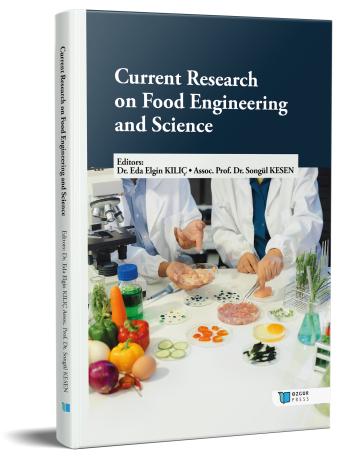
Sourdough Fermentation And Microbiome
Şu kitabın bölümü:
Kılıç,
E.
E.
&
Kesen,
S.
(eds.)
2025.
Current Research on Food Engineering and Science.
Özet
The history of sourdough bread production dates back to ancient times. This bread, which has a high nutritional value, has been replaced by breads produced with baker's yeast over time. In recent years, demand for sourdough bread, which is rich in nutrients, has a low glycemic index and has high mineral absorption, has increased. Sourdough generally contains lactic acid bacteria and yeast microbial groups. Lactobacillus, Pediococcus and Leuconostoc species are common. These bacteria reduce pH through acid production, increase microbial safety and contribute to aroma formation. Yeast species such as Saccharomyces cerevisiae, Candida milleri, Kazachstania exigua, Pichia kudriavzevii ferment carbohydrates and produce CO2 and ethanol. This gas production allows the dough to rise. In this context, fermentation and microbiota of sourdough were examined.

